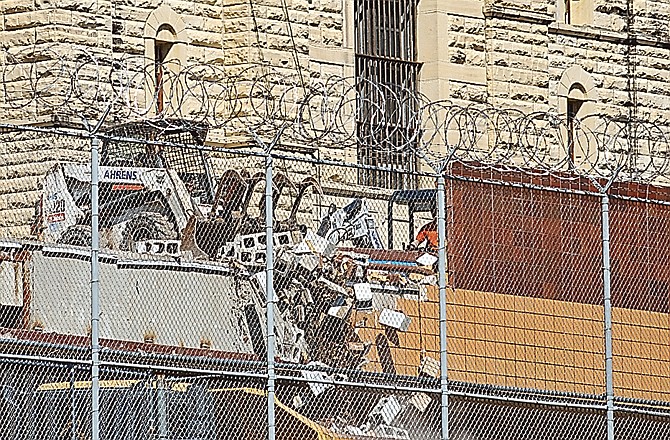Two years ago, $2.3 million in grant money was awarded to help remove buildings on the Missouri State Penitentiary Redevelopment Site.
Now, the demolition work has begun.
The first phase of the building demolition project is currently under way with a scheduled completion date of June 15.
Buildings being demolished in this phase include:
• Education building, down to first floor slab.
• Corridor Canteen
• Prison chapel
• Planning unit warehouse
• Outside industry warehouse
• Slaughter house
• West section of the north wall
• Miscellaneous work on and around Housing Unit 1/Administration Building
The second phase of the demolition project is in design and will subsequently be bid around mid-May. Construction should be complete in January 2013.
Buildings being demolished in this phase include:
• Diesel plant and 2400V electrical system
• Power plant
• I-Hall
• Inside warehouse
• A section of the east wall
The buildings being demolished were classified as dilapidated and had minimal historic value.
Back in 2010 when these grants were awarded, it was announced that these would be strategic demolitions to prepare the way for the eventual extension of Chestnut Street to the planned MSP Parkway that would connect Lafayette Street on the north side.
The demolitions could not start until environmental assessments of the entire area of the old prison were finished. That included within the buildings and underneath the ground.
Jefferson City applied for the grants because the state, which owns the land, cannot apply for its own money.
In December 2009, the 140-acre property was divided into areas where the state wanted to work, a historical area where the current tours of the prison are taking place and an area for private development.

